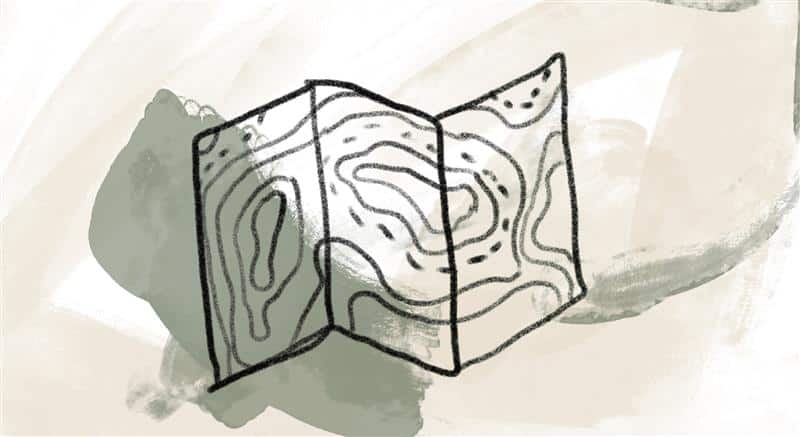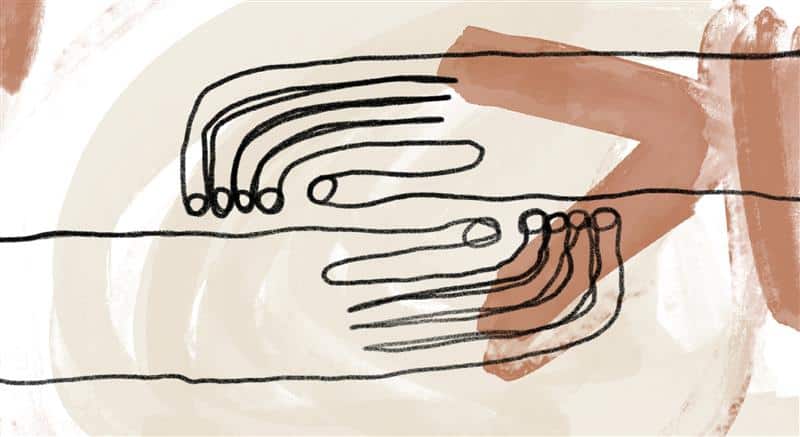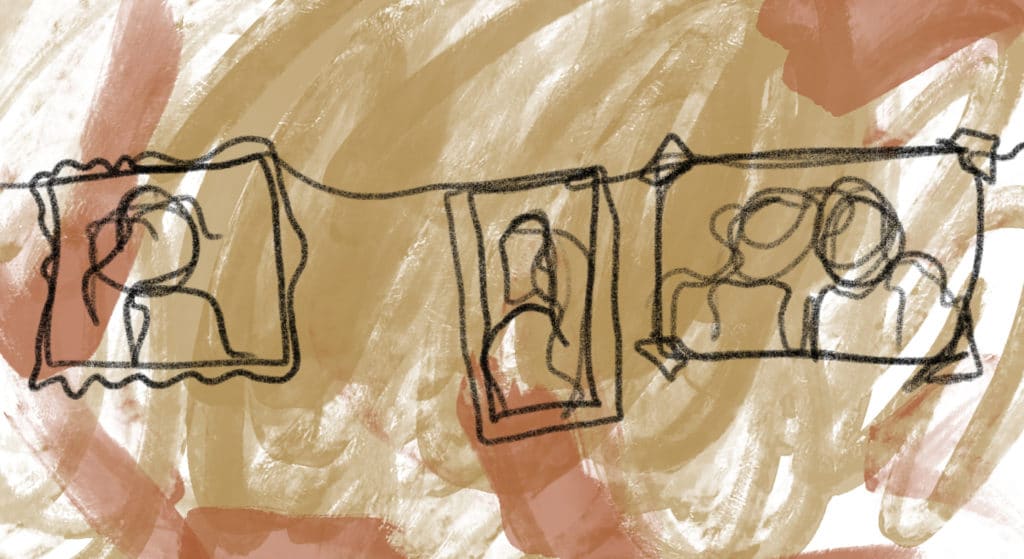
Father Richard stresses that evil often masquerades as good, and so provides justification for immense injustice:
The world (or “system” as we say now) is a hiding place for unconsciousness or deadness in the words of Paul. Both Thomas Aquinas and C. S. Lewis taught that the triumph of evil depends entirely on disguise. [1] [2] Our egos must see it as some form of goodness and virtue so that we can buy into it.
If evil depends on a “good” disguise, cultural virtue and religion are the best covers of all. The leaders of both religion and empire colluded in the killing of Jesus (Matthew 27:1–2). In Luke’s Gospel, Herod and Pilate just passed Jesus back and forth and affirmed whatever the other one said (Luke 23:12). Christians were forewarned that the highest levels of power can and probably will be co-opted by evil.
Is there a culture in this world that doesn’t operate out of this recipe for delusion? This is what Paul means when he names “the world” (what I call “the system”) as one of the sources of evil. What Paul already recognized, at least intuitively, is that it is almost impossible for any social grouping to be corporately or consistently selfless. It has to maintain and promote itself first at virtually any cost—sacrificing even its own stated ethics and morality. If we cannot see this, it might reveal the depth of the disguise of institutionalized evil.
Consider the religious rationale for the “Doctrine of Discovery,” which helped to justify the conquest of the Americas and the African slave-trade. Mark Charles and Soong-Chan Rah write:
The Doctrine [of Discovery] emerged from a series of fifteenth-century papal bulls, which are official decrees by the pope that carry the full weight of his ecclesial office….
[In 1493], Pope Alexander VI issued the papal bull Inter Caetera … [which] offered a spiritual validation for European conquest, “that in our times especially the Catholic faith and the Christian religion be exalted and be everywhere increased and spread.”
[The doctrine] gave theological permission for the European body and mind to view themselves as superior to the non-European bodies and minds. The doctrine created … an identity for African bodies as inferior and only worthy of subjugation; it also relegated the identity of the original inhabitants of the land “discovered” to become outsiders, now unwelcome in their own land. [3] [4]
Richard continues:
Evil finds its almost perfect camouflage in the silent agreements of the group when it appears personally advantageous. Such unconscious “deadness” will continue to show itself in every age, I believe. This is why I can’t throw the word “sin” out entirely. If we do not see the true shape of evil or recognize how we are fully complicit in it, it will fully control us, while not looking the least like sin. Would “agreed-upon delusion” be a better description? We cannot recognize it or overcome it as isolated individuals, mostly because it is held together by the group consensus.
References:
[1] Aquinas describes the devil’s deception through evil “that has a semblance of good” in his meditation on the Lord’s Prayer. See The Three Greatest Prayers: Commentaries on the Lord’s Prayer, the Hail Mary, and the Apostles’ Creed, based on trans. by Laurence Shapcote (Manchester, NH: Sophia Institute Press, 1990), 152.
[2] C. S. Lewis’ The Screwtape Letters (1942) offers numerous examples of the ways evil presents itself as desirable.
[3] Mark Charles and Soong-Chan Rah, Unsettling Truths: The Ongoing, Dehumanizing Legacy of the Doctrine of Discovery (Downers Grove, IL: InterVarsity Press, 2019), 15, 19, 21.
[4] On March 30, 2023, the Vatican officially repudiated the “doctrine of discovery.”
Adapted from Richard Rohr, What Do We Do with Evil? The World, the Flesh, and the Devil (Albuquerque, NM: CAC Publishing, 2019), 43, 44–45, 46‒47.
Image credit: A path from one week to the next—Exercise in Grief and Lamentation credits from left to right: Jessie Jones, Jennifer Tompos, Jenna Keiper. Used with permission. Click here to enlarge image.
On retreat, the CAC staff used watercolors to connect to our collective grief. This is one of the watercolor paintings that came from that exercise.
Story from Our Community:
In 1954, at the age of 21, I entered a Trappist Abbey, where I remained for 15 years as monk, cellarer, and hermit. During those two years of total hermitage, I came to understand that there is only one reality: God is not separate from all else.… You, me, and all that is, are that singularity which is called God. When I look at the moon, I see it, when I look at the face of another, I see it. My only prayer for the last 60 years has been “yes.” I wake in the middle of the night with yes on my lips. I wake each morning, surprised at still being alive, with yes on my lips. I go to bed each night, not expecting to be alive the next morning, with yes on my lips. Death is always at my side and I am at peace, with “yes” on my lips. —Frank C.




